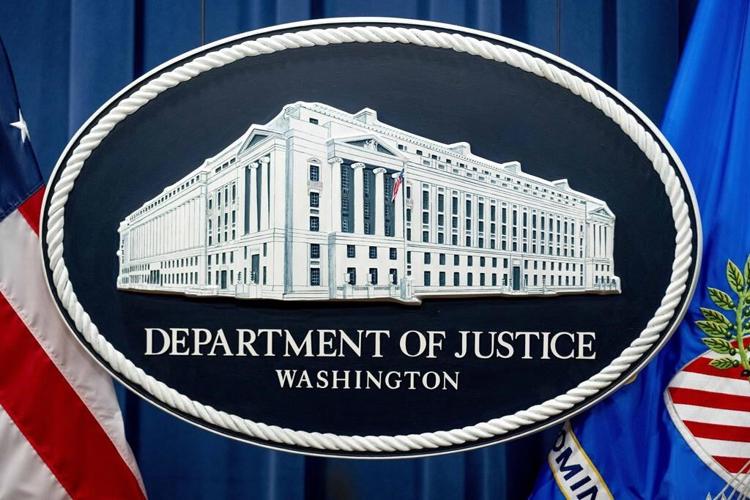WASHINGTON (AP) — The U.S. Marshals have for the first time released data on shots fired by their officers or other police working with them.
The report released this week examined a total of 147 shootings over the course of three years, from 2019 to 2021. Almost all of those happened as the federal agency tasked with fugitive searches arrested people on warrants, including for crimes like assault and homicide, the report said. The total includes fatal shootings, injuries and those where no one was struck.
It's a step toward transparency for federal law enforcement, and comes at a time when data about police shootings remains scarce, years into a national reckoning over and . Experts say detailed data is essential to tackling the issue, but comprehensive information for the U.S. is still lacking.
U.S. Marshals Service Director Ronald Davis ordered the review last year, saying it reflects the seriousness of shots fired by officers. The report does not include information on whether the shootings were deemed legally justified nor data on more recent shootings, though it does say that those outlined in the report were independently investigated.
The aim was to study policies, training, tactics and equipment to figure out ways to make shootings less likely or destructive in the future, the report released Tuesday states.
One deputy U.S. Marshal was killed during the three-year period: Chase White, who was fatally shot serving a fugitive arrest warrant against a man accused of stalking a female police sergeant in Tucson, Arizona. Officers were injured by gunfire 13 times and suffered other injuries six times during the period of the report, which was composed on a fiscal year schedule. The shootings were spread across the country, with the largest number happening in regions in the West and in Texas.
It found that more than half of the officers who fired shots were from other police agencies working with the deputies on task forces. Of the 266 officers involved with shootings, just under 40% were deputies. That finding has the Marshals “committed to enhancing USMS federal oversight" of task-force officers. The Justice Department began allowing local officers working with federal law enforcement to begin in 2020, reversing a policy that had strained its relationship with some law enforcement agencies quicker to adopt their usage.
There are nearly 4,000 deputy U.S. Marshals, and they work with more than 3,500 task force officers from departments around the U.S., the report states. The Marshals also transport federal prisoners, protect witnesses and provide court security.
The agency will also review their policies about making arrests involving cars after finding that nearly half of the shootings happened as Marshals tried to arrest people in or around vehicles. Ten percent of those shootings also left officers injured. The report doesn't specify whether any of the cars were moving at the time; federal use-of-force policy discourages shooting at or from moving vehicles.
The country's overall dearth of detailed information about police shootings, especially those that aren't fatal, makes it hard to say how those findings fit into the national picture, experts said. The FBI began collecting the data in recent years, but has struggled with low numbers of departments participating, said Lee Friedman, a public-health professor at the University of Illinois-Chicago.
Individual police departments are increasingly releasing use-of-force data, but it can be difficult to find and often isn’t deeply detailed, said Geoffrey Alpert, a professor of criminology and criminal justice at the University of South Carolina. The Marshals report released this week is a “good first step,” but also leaves many questions, including details of what led up to the shooting and information on those who were shot, he said.
Detailed data is important to figure out what things make police shootings more likely, and what factors drive down the risk of violence, he said.
“If we can't identify the problems how can we come up with solutions?” Alpert said. "How do we train, how do we write policies when we don't know what the data show?”
__
This story was first published on November 1, 2023. It was updated on November 2, 2023, to correct that the report examined 147 shootings, including those where no one was struck, not the shootings of 147 people.










































